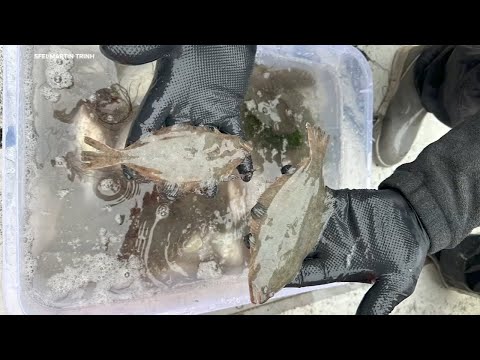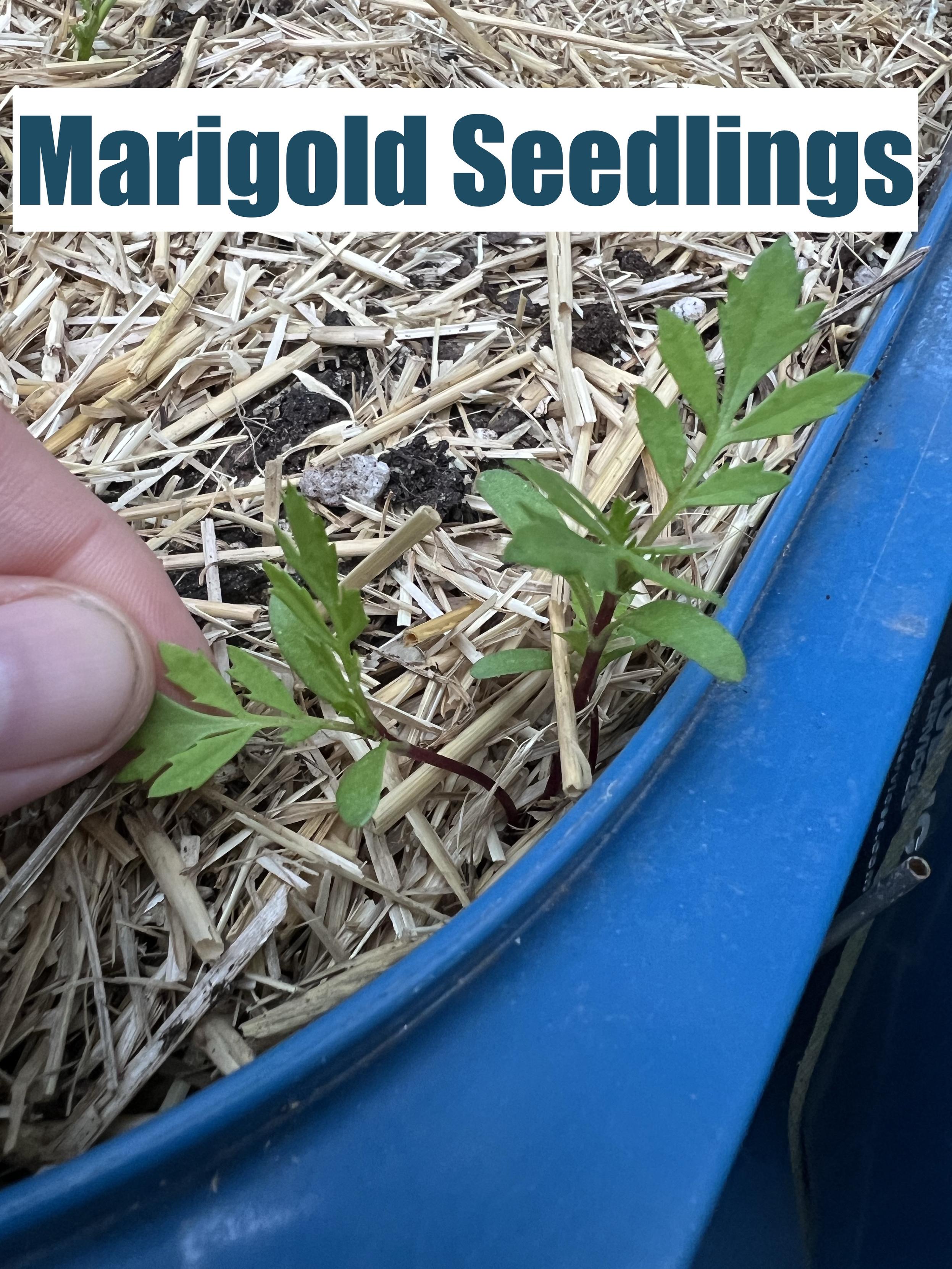Wow, I thought this tree near the shed was a mountain apple, but turns out it's a grumichama! They're tasty too!
Aside from some surinam cherry bushes, I think this might be the first tree we have that's made fruit! 🥰
artist/programmer living off-grid on hawai'i island.
as people here say, aloha 'aina!
Art/tech/general alt: @mk30
| website | https://kukso.space |
Wow, I thought this tree near the shed was a mountain apple, but turns out it's a grumichama! They're tasty too!
Aside from some surinam cherry bushes, I think this might be the first tree we have that's made fruit! 🥰
My bf's neighbor has a mountain apple tree that's just loaded with fruit! We helped her pick a bunch and got pounds and pounds of them to take home ♥️.
They go mushy very quickly, so they need to be eaten or sliced up and put in the fridge. They can also be frozen for future baking and smoothie uses.
@saltphoenix on how to develop solarpunk stories:
"Live it. LIVE IT. I believe that the only way you can have some of these experiences, make these connections, and have stories to tell, is through actual experience on the land, and the chronological passage of time. You can't just get more creative w storytelling; things have to actually occur to experience these changes in thinking and living."
i agree! for example: before moving to the forest, i did not anticipate how many of the stories would involve animals making problems: pigs, rats, birds, plant pests, mosquitoes, fire ants, etc. not to mention domestic animals making problems: livestock, cats, dogs, etc. living with the land means living with all these other creatures who inhabit the land. if i were to write a solarpunk story back when i was a city girl, it wouldn't have any of these elements and it wouldn't be realistic. and i don't know if that kind of story would've helped anyone.
perhaps this is poking the solarpunk bear (is the solarpunk bear a sunbear? please say yes), but i am confused by the idea of "lack of stories". do people really not know what they should do to live in balance with the land? it's kind of straightforward: you contribute and care for the land and the land cares for you. it's *not* easy. most of us in the west do not have the skills for it and don't have access to land (and even if we do get land, it may be poisoned or not able to support life very well..and part of the lack of skills is being unable to evaluate which land might be good for living with).
sometimes i get the feeling that "we need more stories" is a deflection from actually doing the things that need doing: building community, learning how to live with the land, learning how to set up solar and water and shelters, setting up solar and water and shelters, getting access to land, living with the land, helping others get access to land and live with the land, nurturing the land to the point where it can feed people, and on and on.
no one has a readymade story to help you, personally, get a little bit of freedom from capitalism. everyone has to figure that out on their own (or with their friends, because having other people do it with you makes it a lot easier!). but the story for how to live is the same: live in balance with the land.
to that end, the stories come from indigenous peoples and are very, very old.
anyway, i feel like i must be missing something in the "we need more stories" conversation, so feel free to let me know.
Apparently it's world biodiversity day. I used to have a hard time understanding why biodiversity was important, but I learned a lot from this bill Nye episode (I especially liked the Jenga demonstration): https://youtu.be/tx40NhM8hqM?si=YIXR5nTwKAZnSOwU

PFAS make less than 1 in 5 fish from San Francisco Bay safe to eat on a daily basis: https://youtu.be/ONcCrcm4k-Y?feature=shared
The wildlife is all poisoned 😮💨

I've been taking pics of seedlings in our mutual aid garden and labeling them in our signal chat so that folks know what we might want to keep versus what's okay to weed out. Thought it might also make a short but useful thread.
First up, marigolds. I can never tell whether a marigold seedling is one of the ginormous ones or petite, but it's always identifiable as some kind of marigold once it's got its first true leaves (as opposed to cotyledon leaves).
Azolla mosaic in a bucket. Azolla are tiny water plants that multiply very quickly and can be used as green mulch and animal feed supplement. To be determined: whether one of the azollas in the bucket will overtake another, or whether they will strike a balance.
